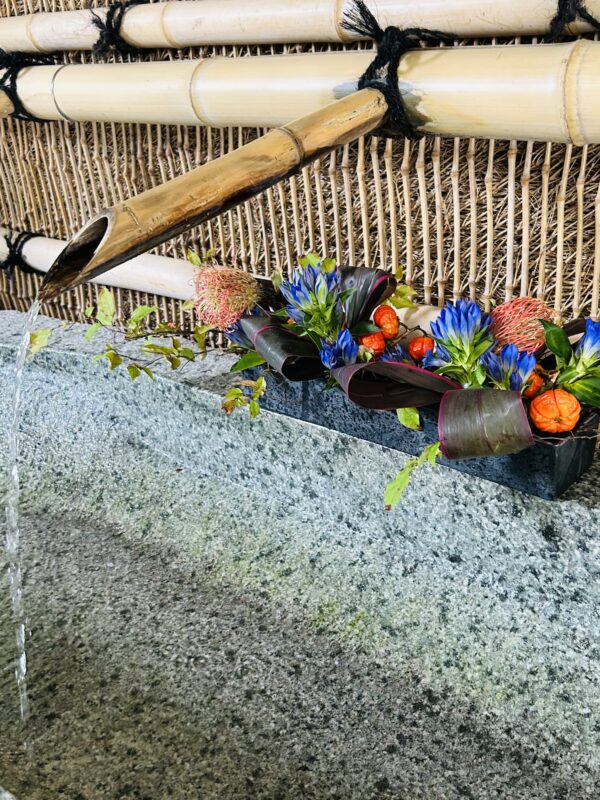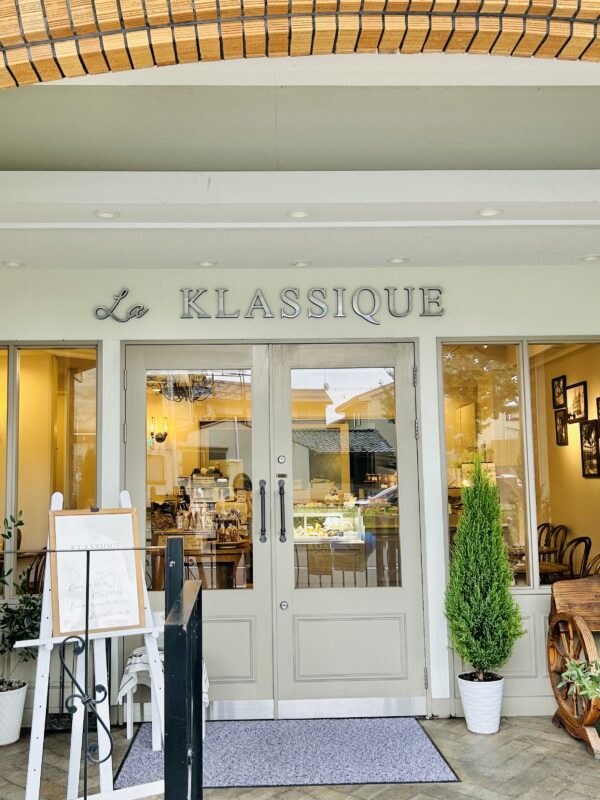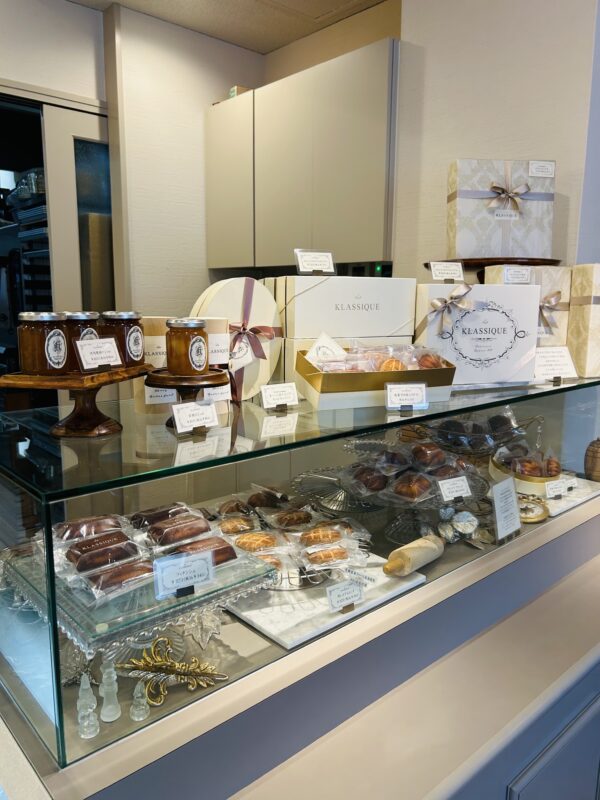
2025.10.26
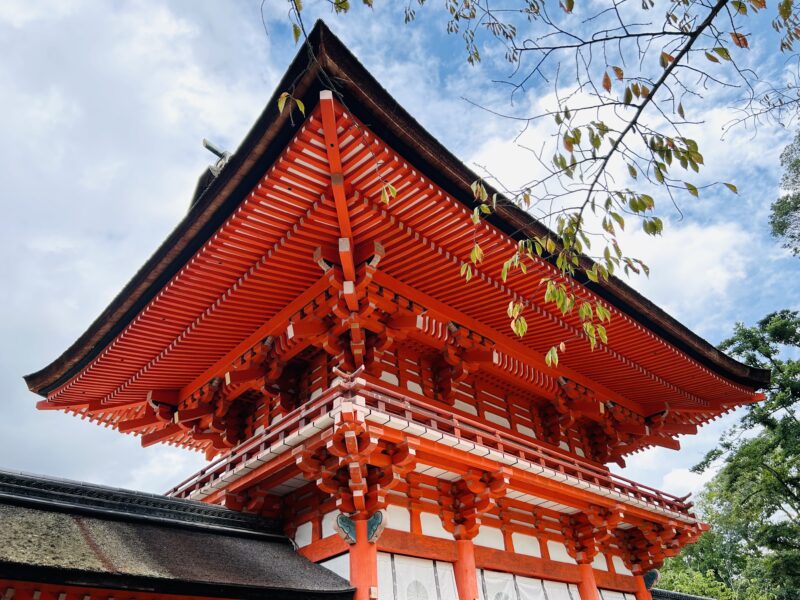
上賀茂神社で国宝の本殿と権殿のあるご神域に入る特別拝観に行きとても感動しましたので、翌日下鴨神社の特別拝観にも行ってみました。
社殿を取り囲んでいる「糺の森」はなんと甲子園球場の約3倍の面積だそう。ゆっくり深呼吸をしながら、砂利を踏む自分の足音、セミやカラス、つくつくぼうしの声、川のせせらぎを聴きながら森林浴をしつつ参道を進みます。歩いている間に浄化されるような気持ちを感じながら進んでいきます。
手水舎で手を清めましたが、昨日の上賀茂神社のまろやかな感触とは違い、少し冷たく澄んだ感触でした。
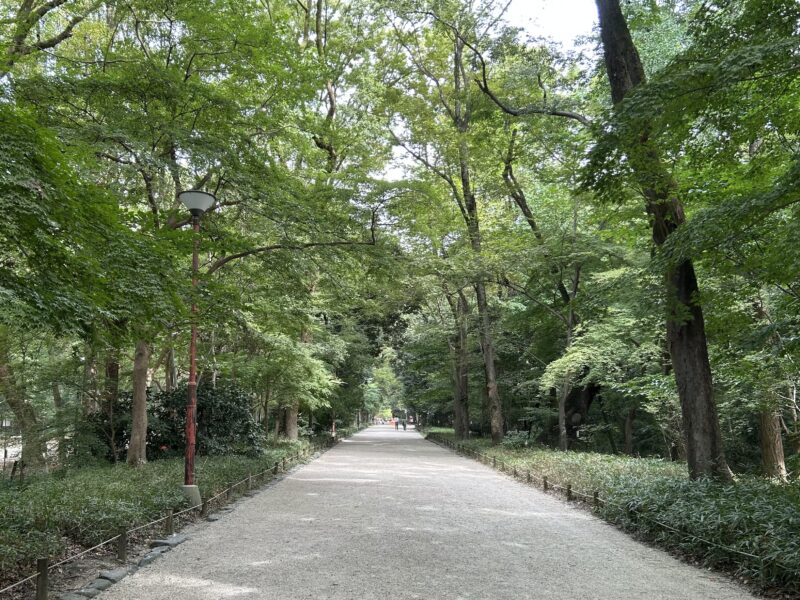
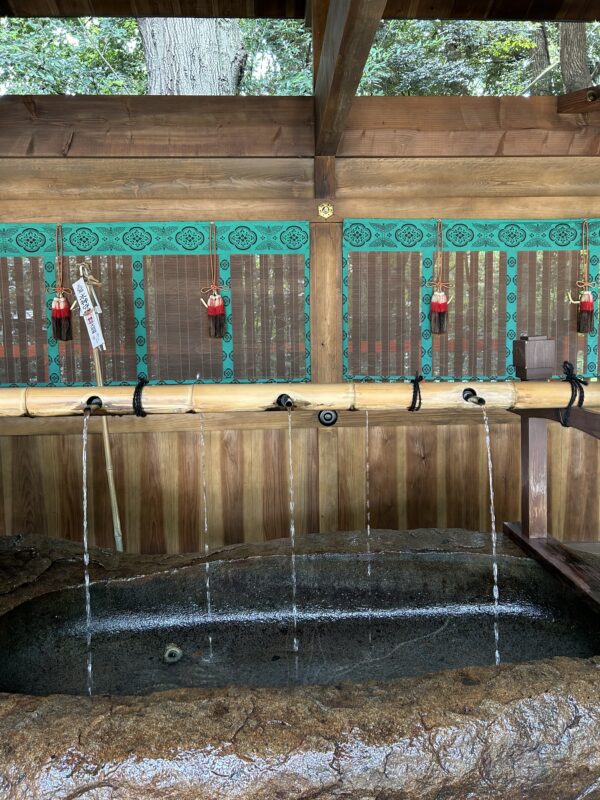
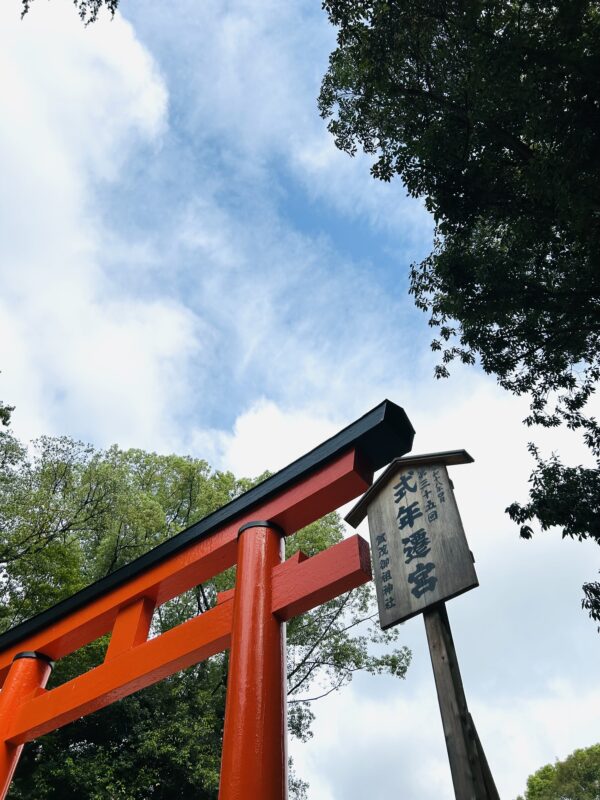
特別拝観では重要文化財に指定されている御料屋(ごりょうや)にあがり、説明員の方から説明を聞きました。本宮の屋根は片方(前面)が長い『流造(ながれづくり)』という構造で、ヒノキの皮を何層にも重ねてある軽い屋根だそうです。柱が4本の偶数なのは、奇数だと神様の正面に柱が来て失礼にあたるので偶数なのだそう。4本の柱があると柱と柱の間は3面ありますが、そこを『三間社(さんげんしゃ)』と呼びます。
つまり『三間社流造』の建て方です。日本の神社の6割はこの造りだそうで、下鴨神社は国宝に認定されているので1863年以降は造り替えをしてないそうです。
本宮の左横にある小さな霊璽社(れいじしゃ)は印鑑と契約守護の神様が祀られている重要文化財です。ビジネスチャンスをうかがっている経営者、大きな契約を控えている会社の方が参拝されるそうです。その他、上賀茂神社とのつながりや神話、源氏物語とのつながりなど興味深い話を沢山聞かせていただきました。
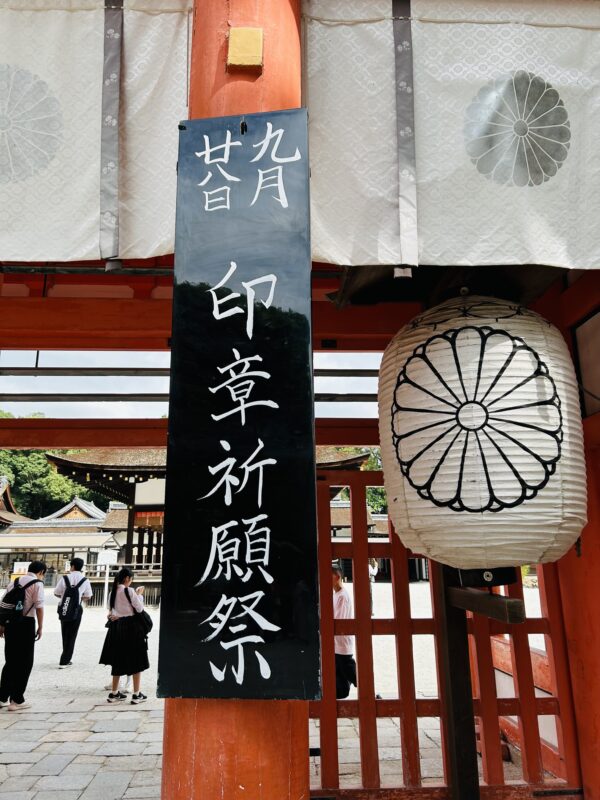

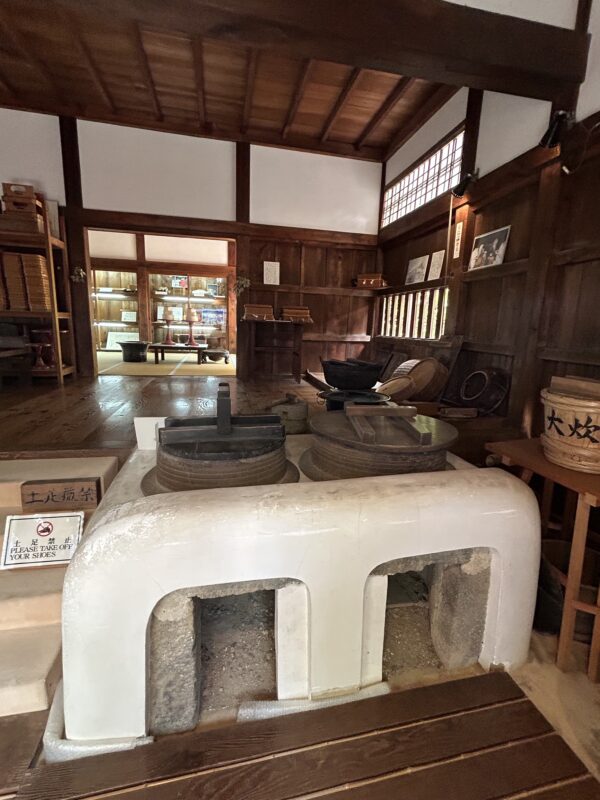
後半は『大炊殿(おおいどの)』を見学しました。神様へのお供えもの『神饌(しんせん)』を調理する場所です。おくどさんや、配膳用のお盆(と言っても二人がかりで運ぶ、御神輿のような形状)や、まな板、樽、レプリカの料理が並んでいて見ごたえがありました。
神社の特別拝観は、本当に「特別」感がありました。とてもおススメです。
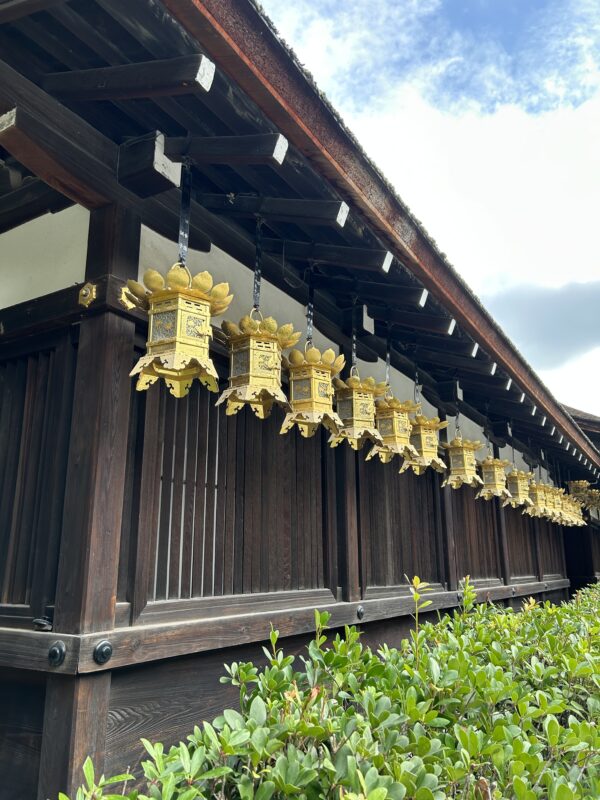
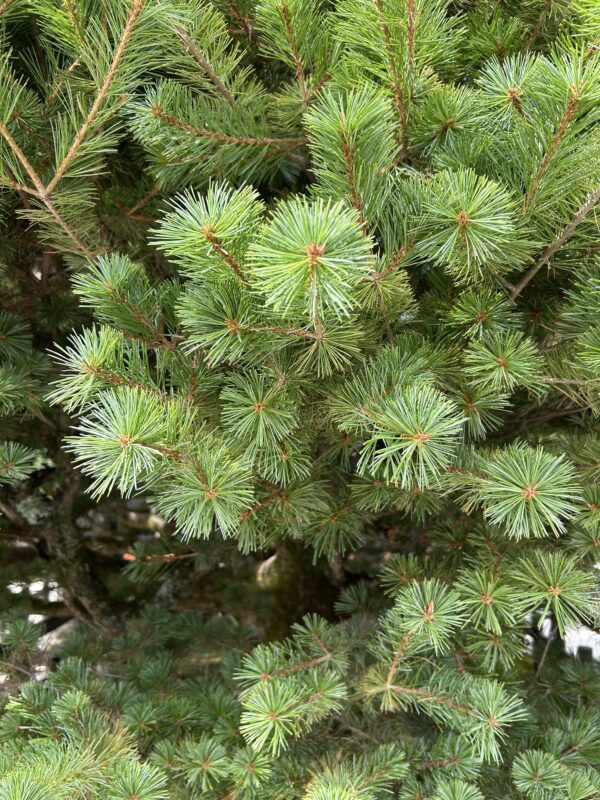
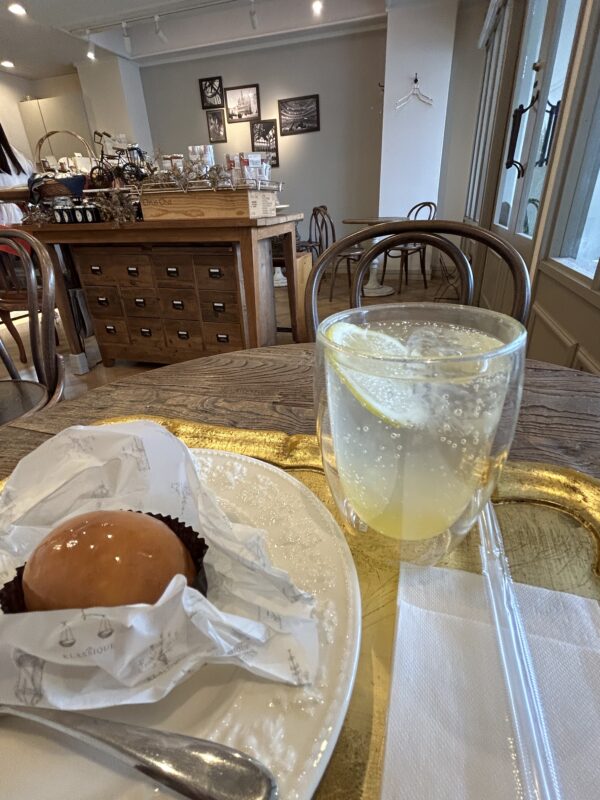
そして下鴨神社と言えば周辺に素敵なケーキ屋さんカフェが沢山あります。必ず立ち寄るのがラ・クラシックです。優しいBGMが流れる、季節のケーキや焼き菓子が美味しくお洒落なお店です。この日は、大好きなレモンケーキとレモネードを注文しました。
レモンケーキはキャンディのような可愛らしい包みの中につやつやのレモン味のアイシングされています。しっかりとひと口ひと口しっかりとレモン味を味わいながらいただきました。9月だけどまだまだ暑かったこの日は、冷たいレモネードでクールダウンし、お腹も満たされ大満足でした。
神社参拝とカフェ、京都での素敵な時間の過ごし方です!
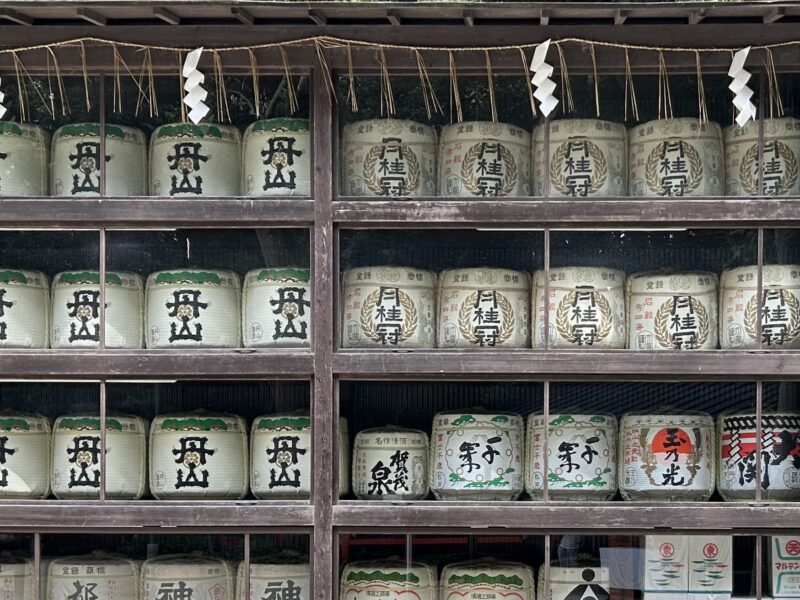
After being deeply moved by a special viewing at Kamigamo Shrine, I decided to try a similar viewing at Shimogamo Shrine the next day.
The “Tadasu no Mori” forest, which surrounds the shrine buildings, is said to cover an area about three times the size of Koshien Stadium. I slowly took deep breaths as I walked along the approach, enjoying forest bathing and listening to the sound of my own footsteps on the gravel, the chirping of cicadas and crows, and the babbling of the river. I felt myself being purified as I walked.
I purified my hands at the Cleansing Pavilion, but unlike yesterday at Kamigamo Shrine, the water here felt cold and clear

I ascended the Goryo-ya, which is designated as an Important Cultural Property, and listened to the guide’s explanation.
The main shrine’s roof features a “nagare-zukuri” structure, which has one side (the front) that is longer than the other. It is said to be a lightweight roof made by layering multiple pieces of cypress bark. There are an even number of pillars, four in total, because an odd number would place a pillar directly in front of the deity, which is considered disrespectful. With four pillars, there are three spaces between them. This structure is called “Sangen-sha” (three-bay shrine).
Thus, the shrine is built in the “Sangen-sha Nagare-zukuri” style. About 60% of Japanese shrines are built this way. As it is a designated National Treasure, it has not been rebuilt since 1863.
The small Reiji-sha shrine, located to the left of the main hall, is an Important Cultural Property that enshrines the deities of seals and contract protection. Business owners seeking opportunities and companies preparing for major contracts often visit to pray.
I also heard many fascinating stories about its connections to Kamigamo Shrine, myths, and links to The Tale of Genji.
Then, we toured the Ōidono, which is the shrine’s kitchen. This is where offerings to the gods, called shinsen, are prepared. The traditional cooking hearth, serving trays (which require two people to carry, giving them a mikoshi-like feel), cutting boards, barrels, and replica dishes on display were quite impressive.
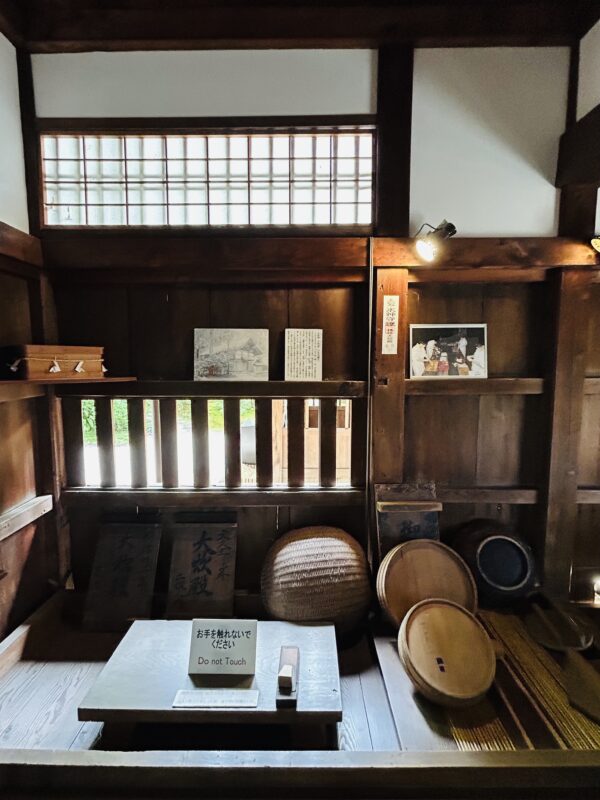
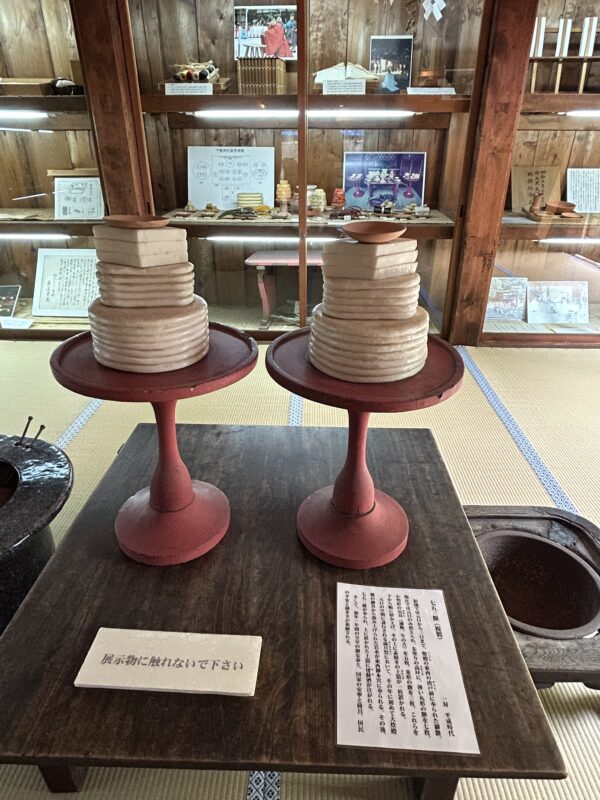
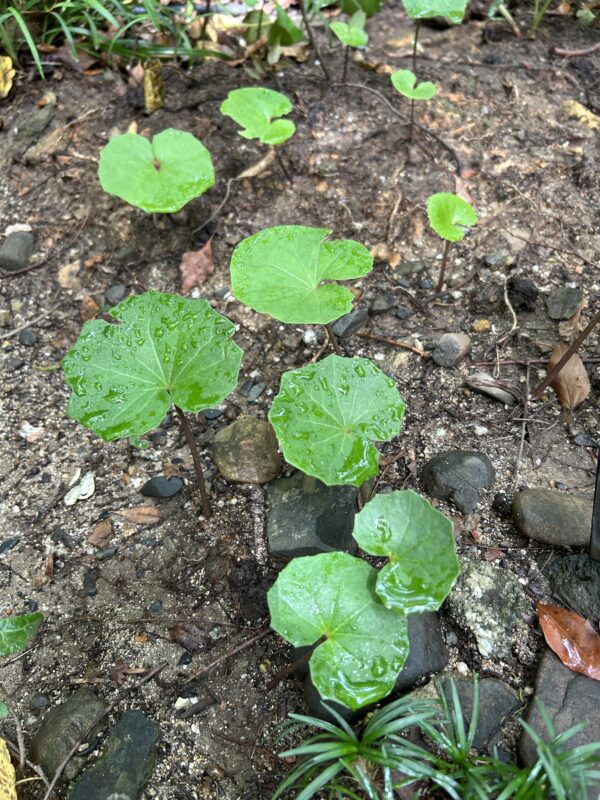
The special viewing at the shrine really makes you feel special. If you ever have the opportunity, I highly recommend it!
Speaking of the Shimogamo Shrine, there are many wonderful cake shops and cafés nearby. La Klassique is a must-visit. It’s a stylish shop with soft background music that serves delicious seasonal cakes and baked sweets. That day, I ordered my favorite lemon cake and lemonade.
The lemon cake was wrapped in an adorable, candy-like package and topped with shiny icing. I savored each bite, fully enjoying the distinct lemon flavor. Even though it was September, it was still quite hot that day. The cold lemonade cooled me down, and with my stomach satisfied, I was completely content.
Visiting a shrine and enjoying a café is a wonderful way to spend time in Kyoto.
Mikko
